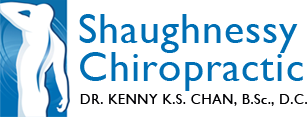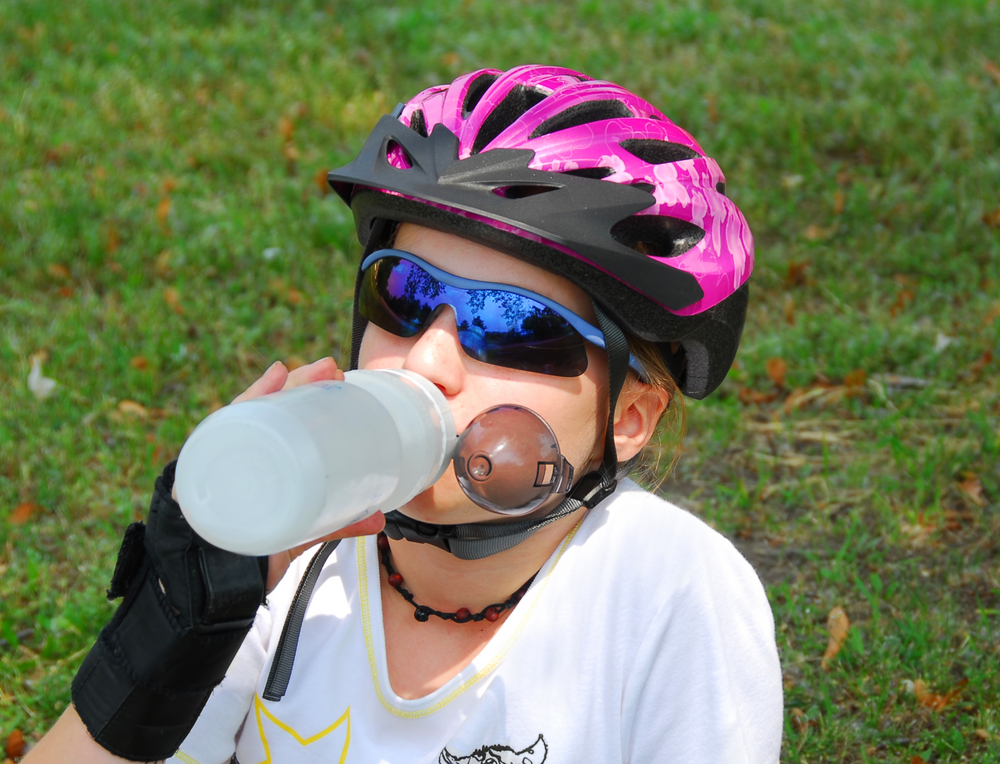Traumatic brain injuries are a growing concern with more than 1.3 million Canadians living with brain injuries today. Six Canadians suffer from a concussion every hour.
Concussion occurs when an external force injures the brain, either through direct impact or by acceleration/deceleration forces. In addition, the injury can worsen in the minutes and days following the trauma, by alterations in cerebral blood flow, poor oxygenation, decrease ATP (energy) levels and heightened intracranial pressure.
There are many symptoms related to a concussion, depending on the degree of the injury. The most common complaints are headaches, neck pain with stiffness, dizziness, nausea, poor balance, fatigue, apathy, light and sound sensitivity, visual disturbances, amnesia, emotional lability (crying, talkative), cognitive impairment (slow reaction time, memory loss) and difficulty with mental focus and concentration. One does not have to lose consciousness in order to be diagnosed with a concussion. Concussion sufferers are more susceptible to severe symptoms following an additional episode. Repeated concussions increase a person’s risk, in later life, for dementia, Parkinson’s disease and depression.
Treatment for a concussion may be minimal or may include interventions such as medications and emergency surgery (decompression). Rest with decreased stimulation to the brain, such as a dark room, is the typical initial treatment. Chiropractors have played a key role in the treatment of the musculoskeletal conditions that are often associated with these injuries, including whiplash, subluxation, neck strain, facet syndromes and muscle spasms.
Low level Laser, which has been used effectively in the treatment of many different types of acute and chronic conditions, has shown promising results with concussion. Nerve cells use a lot of energy and contain a large quantity of mitochondria (power plants). After a concussion, the damage tissue decreases the production of ATP. The depleted ATP levels can produce neuronal damage and cellular dysfunction. The low level laser stimulates the mitochondria to increase cellular ATP levels and supply the brain with the ATP at a time when it is most needed. In addition, the laser also increases the release of natural analgesia and increases tissue regeneration.
There have been a number of cases documenting a marked improvement in patients suffering from chronic concussion who have used low level laser therapy. For more information on concussion and low level laser, please contact Dr. Kenny Chan at 604-739-2118 or www.drkennychan.ca

